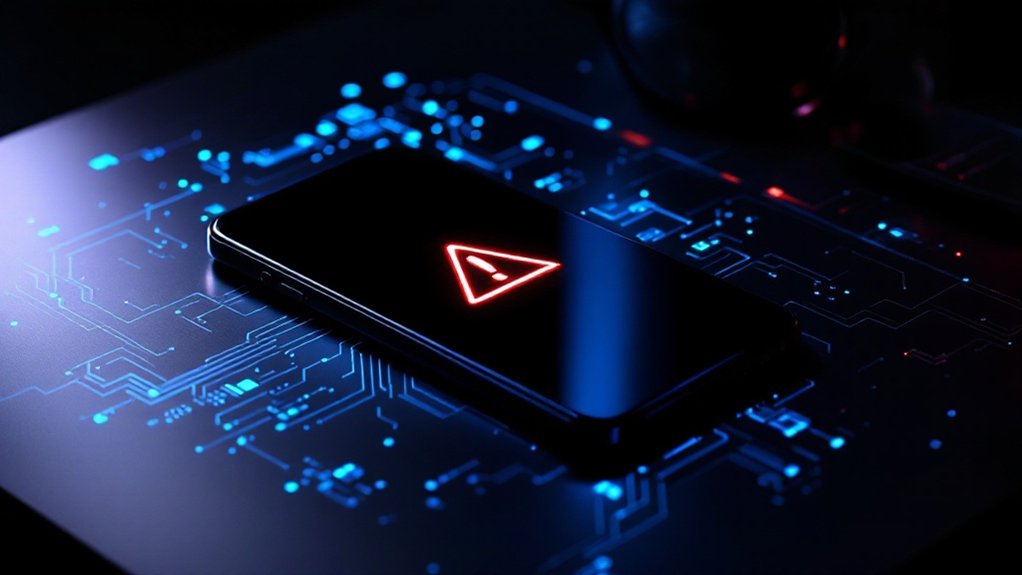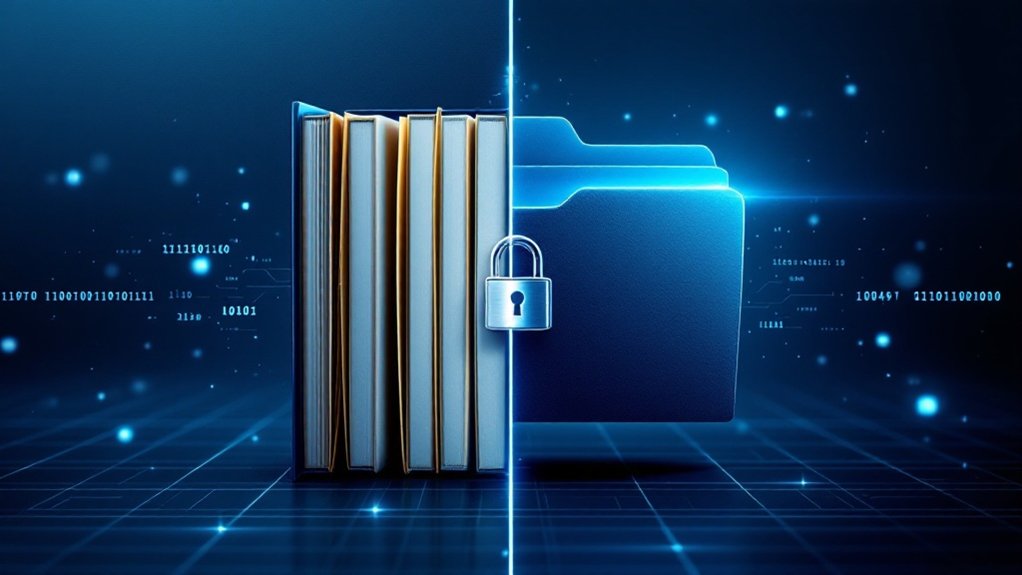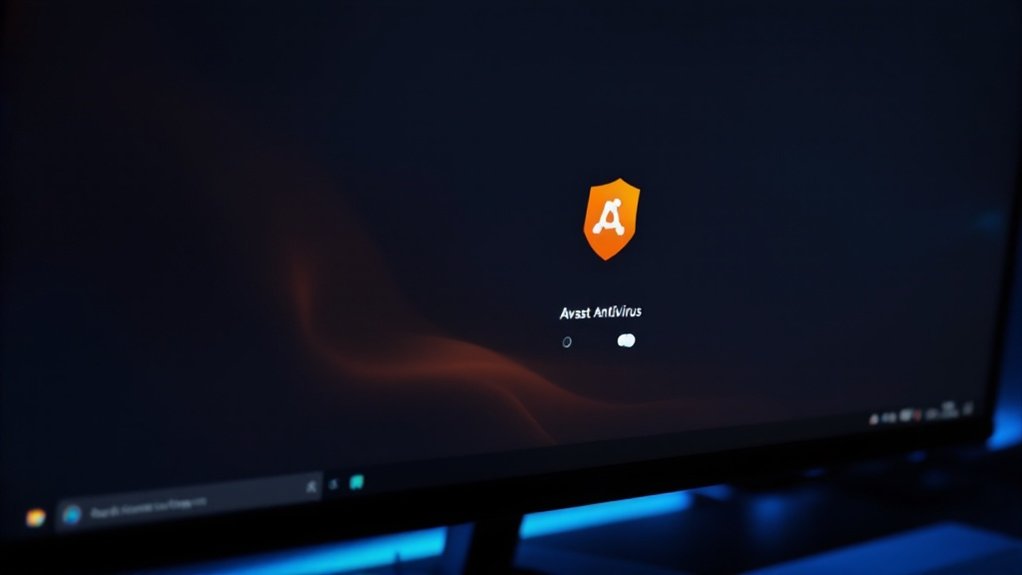To detect iPhone spyware, users should monitor for common warning signs including unusual battery drain, device overheating, performance issues, and unexpected app behavior. Regular checks of installed applications, permission settings, and network connections can reveal potential infections. Key preventive measures involve downloading apps exclusively from the App Store, maintaining current iOS updates, and enabling two-factor authentication. Understanding these indicators and implementing security best practices provides the foundation for thorough device protection.

As cybersecurity threats continue to evolve, iPhone users face increasing risks from sophisticated spyware that can compromise their personal data and privacy. Security experts have identified several telltale signs that may indicate the presence of malicious software on iOS devices, including unexpected battery drain, device overheating, performance degradation, and random system crashes. Privacy sensitive individuals, such as journalists and advocates, face heightened targeting risks through advanced spyware deployment. Experts strongly recommend using security apps for regular device scanning and threat detection.
Device behavior monitoring plays a vital role in spyware detection, with particular attention needed for unusual app activities and system anomalies. Users should remain vigilant for unfamiliar applications appearing without installation, frequent app crashes, and unexpected permission requests. App permissions require careful review to prevent unauthorized access to personal data. Moreover, background noise during phone calls, unauthorized text messages, and spontaneous device activities often signal potential compromise.
Technical verification methods provide concrete evidence of spyware infection. Users can conduct systematic checks by reviewing installed applications, examining app permissions, and monitoring battery usage patterns through the Settings menu. Network connection analysis and deployment of reputable anti-malware software further improve detection capabilities, whereas built-in iPhone security features offer extra layers of protection.
The identification process extends to examining device profiles, checking for unauthorized modifications like jailbreaking (indicated by the presence of Cydia), and reviewing Location Services settings. Analytics data often reveals suspicious patterns of device usage and system resource consumption that may indicate spyware activity.
Upon detecting potential spyware, immediate remediation steps become necessary. These include updating iOS to the latest version, removing suspicious applications, and performing a thorough settings reset. In severe cases, executing a factory reset and changing Apple ID credentials may be required to guarantee complete system restoration.
Prevention remains the most effective strategy against spyware infiltration. Security professionals recommend maintaining strict adherence to Apple’s ecosystem by avoiding device jailbreaking, downloading applications exclusively from the App Store, and keeping iOS updated.
Implementation of strong, unique passwords and activation of two-factor authentication provide fundamental additional security layers, greatly reducing the risk of spyware infection.
Frequently Asked Questions
Can Spyware Be Installed on My Iphone Without Physical Access?
Yes, spyware can be installed remotely on iPhones through various methods, including zero-click exploits, malicious links, and compromised iCloud accounts.
Advanced threat actors can exploit iOS vulnerabilities to gain unauthorized access, whereas sophisticated spyware like Pegasus can infect devices without user interaction.
Nonetheless, maintaining updated iOS software, enabling two-factor authentication, and avoiding suspicious links greatly reduces remote installation risks.
How Often Should I Scan My Iphone for Spyware?
Security experts recommend scanning iPhones for spyware monthly under normal circumstances, with increased frequency to weekly checks for high-risk individuals.
Users should perform additional scans after installing new apps or system updates, when suspicious activity occurs, or if experiencing unusual device behavior.
Those in sensitive professions, such as journalists or executives, should maintain weekly scanning routines, during implementing automated scanning tools for continuous monitoring.
What’s the Difference Between Spyware and Regular Tracking Apps?
The key distinction between spyware and regular tracking apps lies in consent and transparency.
Regular tracking applications require explicit user permission, install through official channels, and typically limit data collection to location information.
Conversely, spyware operates covertly, often installed without knowledge, collecting extensive personal data including messages, calls, and passwords.
Whereas tracking apps serve legitimate safety and business purposes, spyware is designed for unauthorized surveillance and malicious intent.
Will Resetting My Iphone Completely Remove All Spyware?
Factory resetting an iPhone removes most standard spyware and malicious software in approximately 90% of cases, though sophisticated surveillance tools may persist.
Whereas the reset process erases all data, apps, and settings from the device, certain advanced spyware variants can survive by embedding themselves in the device’s firmware or backup files.
Security experts recommend changing Apple ID credentials and enabling two-factor authentication before performing a factory reset.
Can Someone Track My Iphone Location Without Installing Spyware?
Yes, an iPhone’s location can be tracked through several legitimate means without spyware installation.
Apple’s built-in Find My service, Family Sharing features, and third-party apps with location permissions can monitor device whereabouts.
Moreover, network-based tracking through cell towers, Wi-Fi access points, and IP addresses can determine approximate locations.
Even when cellular data is disabled, GPS satellites can still pinpoint device position if Location Services remain active.









